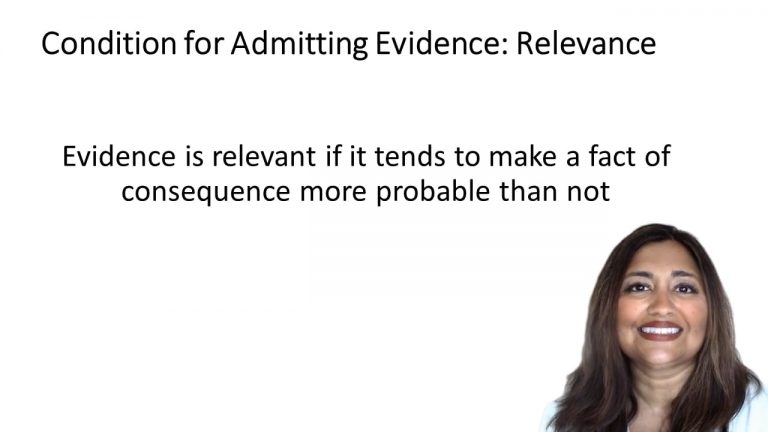SmartBrief
Confirm favorite deletion?
Evidence Keyed to Park
Old Chief v. United States
Citation:
519 U.S. 172, 117 S.Ct. 644, 136 L.Ed.2d 574Facts
In 1993, petitioner, Old Chief, was arrested after a fracas involving at least one gunshot. The ensuing federal charges included assault with a dangerous weapon and using a firearm in relation to a crime of violence and violation of the federal statute. This statute makes it unlawful for anyone who has been convicted in any court of a crime to possess in or affecting commerce any firearm. The earlier crime charged in the indictment against Old Chief was assault causing serious bodily injury. Before trial, he moved for an order requiring the government to refrain from mentioning and to refrain from offering into evidence any testimony from any witness regarding the prior criminal convictions of the defendant, because revealing it would unfairly tax the jury’s capacity to hold the Government to its burden of proof beyond a reasonable doubt on current charges of assault, possession, and violence with a firearm.
Only StudyBuddy Pro offers the complete Case Brief Anatomy*
Access the most important case brief elements for optimal case understanding.
*Case Brief Anatomy includes: Brief Prologue, Complete Case Brief, Brief Epilogue
- The Brief Prologue provides necessary case brief introductory information and includes:
Topic:
Identifies the topic of law and where this case fits within your course outline.Parties:
Identifies the cast of characters involved in the case.Procedural Posture & History:
Shares the case history with how lower courts have ruled on the matter.Case Key Terms, Acts, Doctrines, etc.:
A case specific Legal Term Dictionary.Case Doctrines, Acts, Statutes, Amendments and Treatises:
Identifies and Defines Legal Authority used in this case.
- The Case Brief is the complete case summarized and authored in the traditional Law School I.R.A.C. format. The Pro case brief includes:
Brief Facts:
A Synopsis of the Facts of the case.Rule of Law:
Identifies the Legal Principle the Court used in deciding the case.Facts:
What are the factual circumstances that gave rise to the civil or criminal case? What is the relationship of the Parties that are involved in the case.Issue(s):
Lists the Questions of Law that are raised by the Facts of the case.Holding:
Shares the Court's answer to the legal questions raised in the issue.Concurring / Dissenting Opinions:
Includes valuable concurring or dissenting opinions and their key points.Reasoning and Analysis:
Identifies the chain of argument(s) which led the judges to rule as they did.
- The Brief Prologue closes the case brief with important forward-looking discussion and includes:
Policy:
Identifies the Policy if any that has been established by the case.Court Direction:
Shares where the Court went from here for this case.
Topic Resources
Topic Outline
Topic Refresher Course
Topic Charts & Notes

 11m 31s
11m 31s